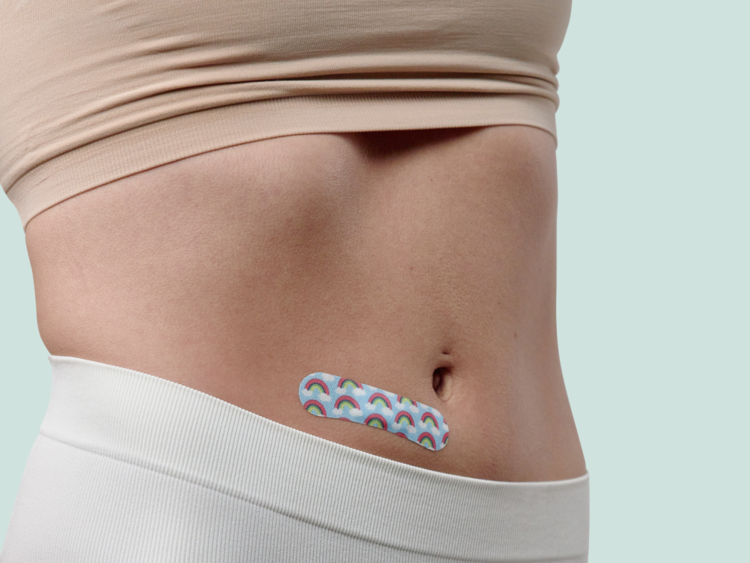Making the decision to start a family can be exciting and daunting, whatever your sexual orientation, gender identity, or relationship status. That said, thanks to developments in fertility treatment, there are now more options than ever before for LGBTQ+ couples and solo parents to have a child. And figures show that increasing numbers of us are exploring these options.
According to the Human Fertilisation & Embryology Authority (HFEA), 4 percent of all fertility treatment cycles in the U.K. involved LGBTQ+ people in 2019, a fourfold increase from 2009, when that number was just 1 percent. Similarly, a 2019 Office for National Statistics report that looked at the trends in living arrangements of families and single people across the U.K. also found that the number of families with married, same-sex parents had increased fourfold between 2015 and 2018. In the U.S., Family Equality estimates that around 3.7 million children have an LGBTQ+ parent.
However, no two families are the same, and this also applies to LGBTQ+ families. It’s tricky to drill down into exactly which methods LGBTQ+ people use to conceive because stats are scarce, but let’s start with In Vitro Fertilization (IVF) since it’s a fertility treatment most of us recognize.
Below, you’ll find an expert guide to LGBTQ+ IVF, including medical and financial considerations to think about when creating a fertility plan.


